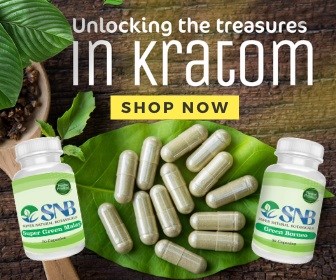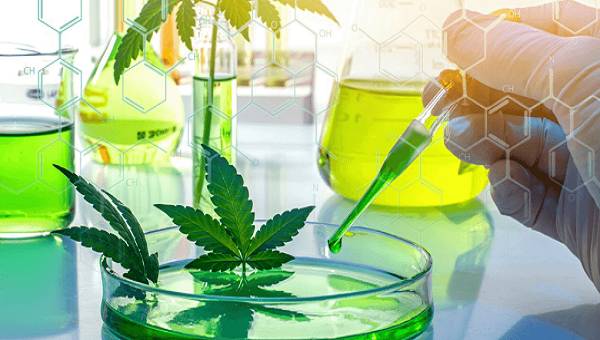Are you curious about the CBD oil you bought last night? There was an unsettling moment of distress since you finished your CBD supply and wanted to restock ASAP.
Without further ado, you left for the nearest dispensary in the neighborhood and got yourself a refreshing bottle of CBD oil.
But there’s a catch.
It is a new brand. The packaging is professional. That’s why you bought it in the first place, right?
You see a label on the bottle: Lab-tested! 100% CBD guaranteed!
You take a sigh of relief only to recall an article you read online about the issue of credibility of such labels. And now you are in a fix.
You decide to dig deeper.
But even with a microscope, you can’t find any reassuring text on the bottle.
A part of you just wants to take a few drops of CBD oil but another sensible aspect of your psyche requests for some patience.
To consume or not to consume?
At this point, you feel frustrated. After your first google search on CBD Lab Testing, you come across this article. Or maybe the second search?
Who cares. The good part is that you are here.
So let us help you in understanding the mechanics of CBD Lab Testing. Towards the end, you are sure to know some hardcore ways to read those technical labels!
Buying CBD: Straightforward or Not?
Ever since CBD was legalized in late 2018 after the new Farm Bill, consumers soared, and so did fraudulent suppliers.
The consumers were quick to start using weed and CBD products whereas entrepreneurs saw it as a wonderful opportunity to profit from the new legal status of CBD.
This rat race between the growing demand and supply gave rise to the significance of lab testing.
However, there is a pet-peeve: Any company can easily claim that their CBD product is lab tested. But what’s the proof?
Now, that’s a question you should be asking either at dispensary or online.
You are necessarily looking for third-party lab results that can show whether the product is authentic, potent, and safe to use. The results will serve as a technical proof.
As most CBD products are unregulated from the U.S. Food and Drug Administration (FDA), the independent and third-party lab tests can separate the wheat from the chaff.
Now that we know of the importance of lab reports, it is time to educate ourselves on how to read one.
Understanding The Lab Report
There are quite a few components in the CBD Lab Report that would be of interest to you.
If you manage to receive a Certificate of Analysis (COA) or any other lab test report, then there will various indicators with the corresponding percentages. We will be describing the useful components below:
1) Cannabinoid Profile
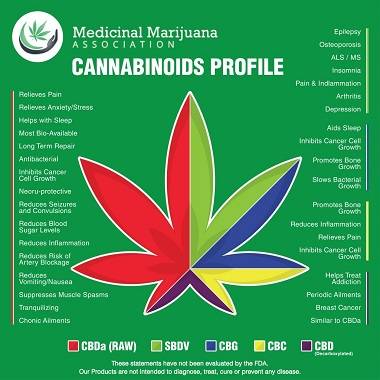
This is perhaps the most important component that needs to be tested in a CBD product.
Specialized testing techniques are employed such as high-performance liquid chromatography that informs the particular concentration of cannabinoids.
The cannabinoid profile will include the two important components: CBD and THC.
CBD concentration in the lab report will show if the claims of 200mg or whatever quantity of CBD in your oil bottle is true or not. Many suppliers boast a high level of CBD in their products, only to fool the customers.
Moreover, the THC level is also an important consideration for many. As a psychoactive compound that can induce a mind-altering high, only traces of THC are allowed in a CBD product.
As such, you must ensure that the THC is within the legal limit.
Therefore, you will need to verify from the lab results that the THC level is at or below 0.3% because this is the allowable limit of THC in hemp production.
2) Terpenes
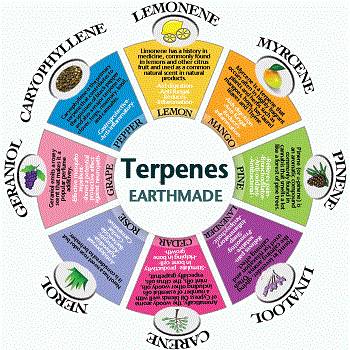

Terpenes are not as well-known as CBD or THC but are small and volatile compounds, which are abundant in cannabis.
These compounds are behind the characteristic aroma and flavor of the weed strain and even some CBD products.
Terpenes also offer a range of therapeutic benefits that complements the sedative, stimulating, muscle relaxant, and anti-nausea effects of CBD.
Also, you can only observe terpenes in full-spectrum CBD extracts because CBD isolate removes this small compound in the extraction process.
3) Moisture Content
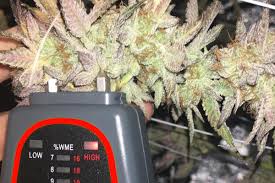

This component draws the fine line between long shelf life and an enjoyable experience.
If the moisture content is over 15% then the CBD product runs the risk of bacteria and fungi growing and thriving in the CBD product.
Moisture content below 5% may be too low and it would cause the product to be dry and brittle. Therefore, a range between 5% and 15% can be a safe bet.
4) Residual Solvents
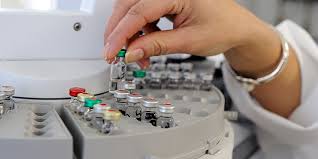

The process of cannabis extraction is not problem-free. At times, low levels of solvents are mixed in the extracted product.
These residual materials are not beneficial. Instead, they can prove to be harmful and have negative health effects for the users.
The usual solvents that should be tested in a lab test are propane, benzene, and butanes.
These contaminants can cause allergic reactions or direct harm to you. It is pertinent to be wary of such solvents and contaminants.
5) Heavy Metals
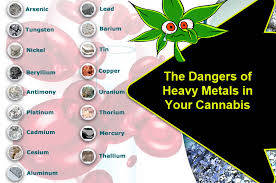

A bit of botany here – Cannabis is termed as a bioaccumulator. This term refers to the ability of the cannabis plant to absorb the nutrients and other components of the soil, which are later stored in the stems and leaves.
However, this ability also means that cannabis can absorb negative compounds and chemicals from the soil. One of the harmful compounds is heavy metal.
It can cause inflammation and destroy the cell structure in the body. Therefore, we have to avoid it all costs!
The following heavy metals will be tested in testing facilities:
- Mercury
- Arsenic
- Lead
Additional Tips To Read CBD Lab Reports
We have covered the important components of a lab report. Although they are informative on their own, there are certain tips that we feel are important to know before trusting a lab report.
The lab report or Certificate of Analysis is indeed a reliable measure of analyzing the authenticity of the CBD product.
However, be sure to ask for the batch number of the product you wish to purchase.
As the products are made in batches, you will need to see if the batch number of the product and the batch number of COA are the same.
This would ensure that the company is holding third-party testing at a regular interval.
You would also be rightfully worried about the presence of contaminants or pesticides. These concerns can be easily resolved by checking the lab reports.
Additionally, you should be looking for labels or reports that state the CBD product to be locally produced from hemp.
The green triangle in California boasts some of the best CBD products due to high soil quality.
Apart from the technical nuts and bolts in the lab test, you should also be viewing how the product was originally extracted?
In this regard, CO2 extraction works best as it is a non-toxic way of extraction.
Types Of Third-Party Lab Testing
There is no one standard test for a lab test. Due to a lack of official regulation, no company is bound to have a certain lab test strictly.
Nevertheless, the industry standard is HPLC (high-performance liquid chromatography). It is cost-effective and provides high accuracy.
Other tests are as follows:
- PCR Testing (Polymerase Chain Reactions): This test shows the level of biological contamination, if any, in the sample.
- MS Testing (Mass Spectronomy): It identifies the presence of heavy metal contaminants.
- NMR Testing (Nuclear Magnetic Resonance Spectroscopy): They test the different compounds in the sample.
Cost Of Third-Party Lab Testing
The total cost of cannabis testing depends on the following factors:
- The quality of the lab
- Types of tests needed
- Number of tests performed
Roughly speaking, companies charge an average of $50 per individual test. If a more comprehensive test is required, the price can go from $100 to $300.
Even though the cost of lab testing may not be expensive, companies still choose not to go for it, which hints towards a flaw in their products.
Conclusion
If a brand is confident in its CBD product, then it has absolutely no reason to not have a third-party lab test report.
The absence of one is a red flag. The product that our hypothetical character bought from the dispensary is likely to be a bad product since no COA was offered to him at the store.
If a company boasts about using high-quality products then the only way to substantiate the claim would be through an independent lab test.
A simple report goes a long way in developing trust and customer loyalty.
We hope that you were able to gain valuable information on how to read a CBD lab test from this detailed article.
Now, it’s time to get that real “lab-tested” product.
Enjoy!

